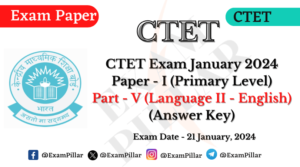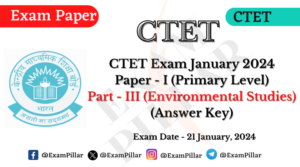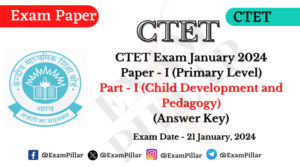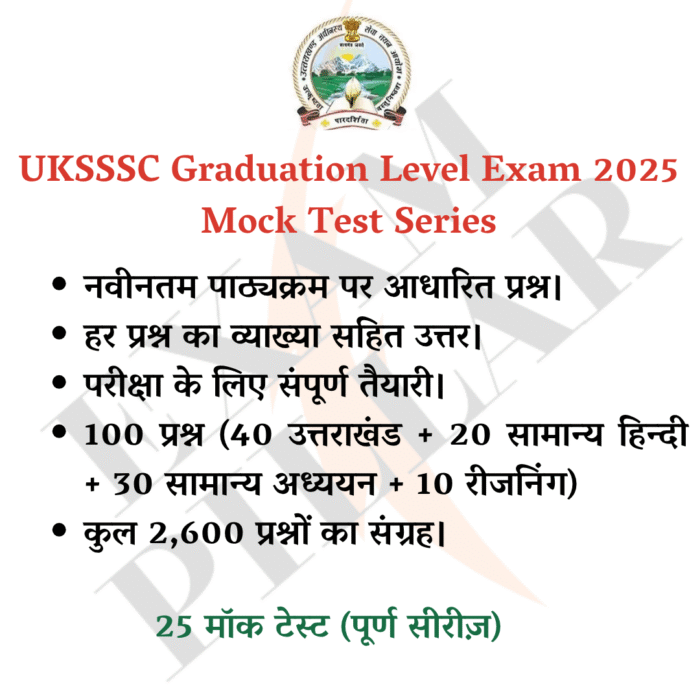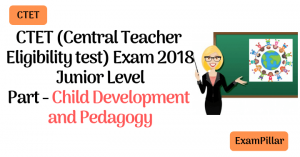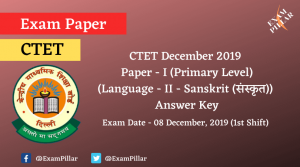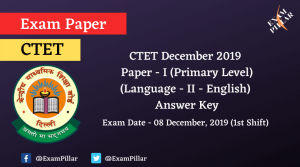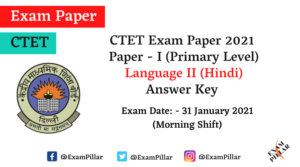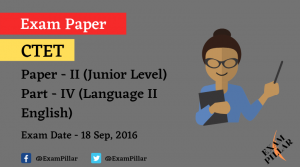Answer the following questions (Q Nos. 136 to 150) by selecting the most appropriate options.
136. A teacher divides the class in small groups and asks them to discuss and present their views on “Save Environment”. Students are free to plan and present their choice and creativity. The teacher is facilitating them as and when required. Which approach/method is followed in the class ?
(1) Natural approach
(2) Deductive approach
(3) Constructivist approach
(4) Structural approach
Show Answer/Hide
137. A teacher of class-IV brought some interesting books and distributed them among the students. Then she said, “Today let’s have fun and read these books for our pleasure”. This reading is called
(1) Intensive-reading
(2) Extensive-reading
(3) Pre-reading
(4) Post-reading
Show Answer/Hide
138. A 2 ½ year old child picks up his sibling’s book and looking at the pictures tells a story. The child is
(1) emergent reader
(2) emergent story writer
(3) emergent writer
(4) emergent student
Show Answer/Hide
139. A teacher of class-III finds that some students understand the concept more clearly when she explains them orally.
Their learning style is
(1) kinesthetic
(2) aesthetic
(3) auditory
(4) visual
Show Answer/Hide
140. A teacher asks the students to read the text for information and create their own interpretation beyond the literal level. Which sub-skill is she practising in the class ?
(1) Inferring
(2) Summarising
(3) Paraphrasing
(4) Predicting
Show Answer/Hide
141. Story telling and listening to stories play an important role because stories
(1) present language as a whole.
(2) help the teacher to maintain classroom discipline.
(3) help to teach and learn new and difficult words.
(4) use many structures of grammar and help children to learn them.
Show Answer/Hide
142. Before starting a new chapter on ‘The Honest Woodcutter the teacher started a discussion with the students on ‘Honesty’. What is the teacher trying to achieve with this activity ?
(1) Activate students’ knowledge previous
(2) Assess students’ level of language and its usage.
(3) Activate students’ attention.
(4) Activate students’ skill.
Show Answer/Hide
143. A child got admission to a new school. The teacher was surprised to see that she would speak four languages fluently but could not speak in English. She is a
(1) multilingual
(2) linguist
(3) monolingual
(4) bilingual
Show Answer/Hide
144. A student of class-V while reading a chapter finds some difficult and unfamiliar words and is not able to get the meaning of those words he should :
(1) guess the meaning in content.
(2) ask his classmate every time to help.
(3) ask the teacher.
(4) ignore or skip the word and keep reading
Show Answer/Hide
145. A teacher of class-V wishes to teach a complex language structure from the syllabus. She should
(1) focus on listening-speaking practice instead of teaching grammar.
(2) use a grammar game with a focus on this complex structure.
(3) ask students to memorise the rules.
(4) not teach the complex structure and avoid it.
Show Answer/Hide
146. As per Noam Chomsky’s theory, the role of Language Acquisition Device (LAD) helps children to
(1) generate grammar rules.
(2) imitate the language spoken by adults.
(3) learn second language easily.
(4) communicate actively in second language.
Show Answer/Hide
147. Which of the following statements is correct?
(1) As a teacher you would like to give a list of English words on the very first day.
(2) Children come to school with a treasure of experience and their mother tongue acts like a resource in learning English.
(3) Children’s first language is a hurdle in learning English.
(4) It is difficult to teach English as they use their first language in every aspect and ignore English.
Show Answer/Hide
148. The study of how words combine to form phrases, phrases combine to form clauses and clauses join to make sentences is known as
(1) Collocation
(2) Colloquial
(3) Semantics
(4) Syntax
Show Answer/Hide
149. English language has ______ consonant sounds.
(1) 23
(2) 24
(3) 21
(4) 22
Show Answer/Hide
150. According to National Curriculum Framework, 2005, “English in India is ____ in a multilingual country.
(1) a global language
(2) an associate language
(3) a first language
(4) a foreign language
Show Answer/Hide
| Read Also : |
|---|


